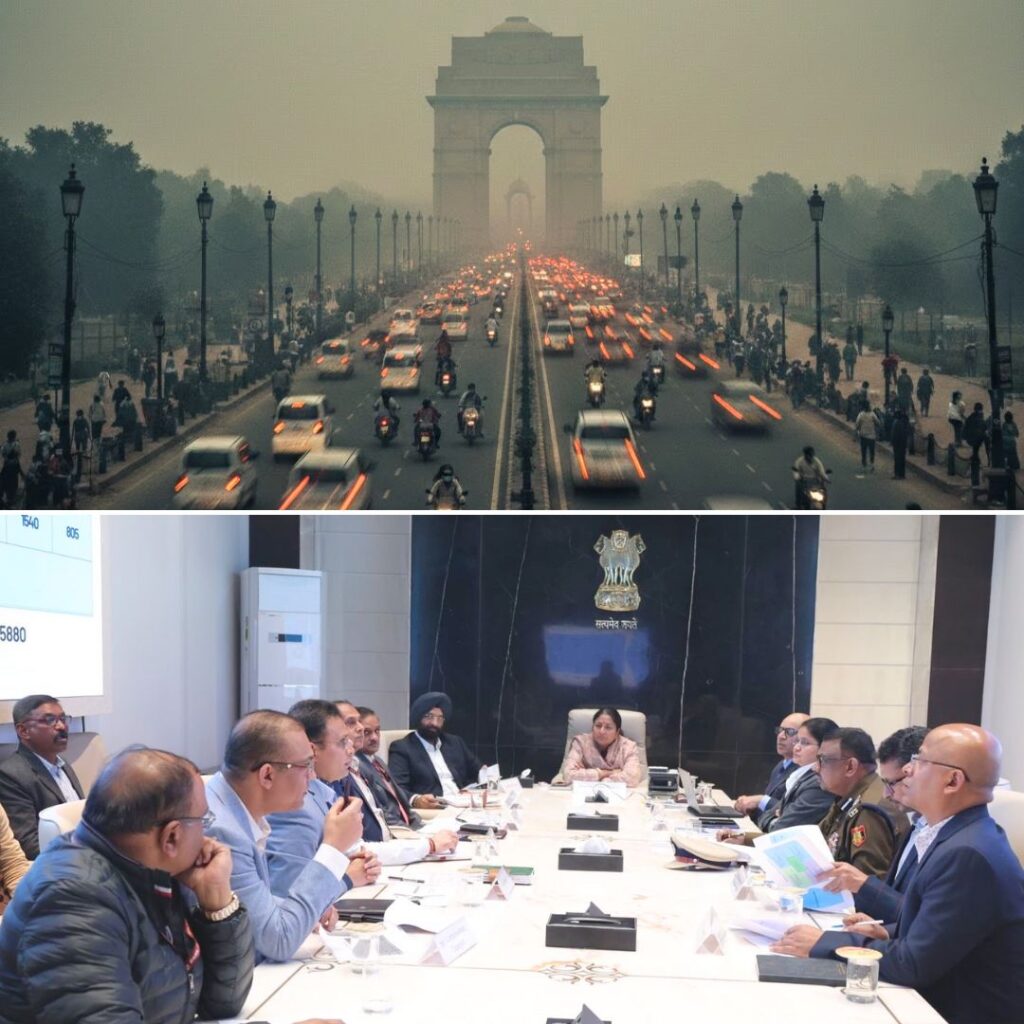Most of us dread visiting government hospitals. However good treatment one might get there, the idea of doing rounds of various departments, is taxing and time-consuming. Largely, the experience of people at the government hospitals, despite the excellent well-trained doctors and advanced diagnostic and surgical technology has inefficient at best.
The hospital staff also often lose their cool since they are high on stress, answering hundreds of queries, and repeating the same instructions to different sets of people throughout the day. After a visit from any government hospital, we often think, if there could be a visible improvement in governance and administration, hospitals would be easier
Sushrat Foundation, an organisation based out of Delhi, is trying to bring about a change in the scenario of how a government hospital generally functions. The changes are bringing a positive result by ensuring happier staff, happier patients and creating a happier nation in general.
Over the past four months, they have touched the lives of 25,000 patients and have helped in better functioning of three departments in one government hospital. The numbers seem overwhelming, isn’t it? Read on to know more how to have the accomplished the uphill task of bringing about such a change.
What is Sushrat Foundation
When The Logical Indian spoke to one of the founder members of Sushrat Foundation, Shitij Malhotra, he said, “We all complain about the inefficiency, but what we often fail to understand is the extremely high level of stress that the hospital staff have to deal with day in and day out. What Sushrat Foundation is trying to do, is to create a work environment which is free of stress. This will certainly lead to an increase in productivity as well.”
Sushrat Foundation is founded by best medicine practitioners from AIIMS and Stanford India BioDesign Alumnus. The organisation works on five pillars, patient safety, technology, infrastructure and facilities, processes and policy and lastly, communication.
Sushrat is also working in tandem with the Health Ministry of Delhi and their initial project had been a government hospital in the district of Nizamabad, Telangana. The methodology of intervention which Sushrat functions through is a permutation-combination of the Toyota Production System which finds the errors in the functioning and creates solutions to address the errors and Tata Advanced System’s for total operational performance.
The motto lies in improving the quality of government hospitals in India. Achieving the motto is brought about by adopting international best practices, tweaking existent policies and infusing smart yet simple technology to bring about the desired effect.
Bringing innovations and touching lives
Shitij said, “We need to understand that employing more staff or doctors is not the solution to tackle the frustration. A senior qualified doctor is running the organisation and also attending to the patients. He is running the organisation without having any prior training of management. We are simply acting as a catalyst to create the needed motivation and foster change.”
Better crowd management
Most of the staff get burnt out by the end of six hours as they constantly remain stressed by silly things. If they are relieved of the excess burden, they will surely be more productive, adding more value to the entire organisation.
Store department
One such method taken up by Sushrat was at the store department. Store department is one extremely vital arena from where all the medical supplies reach the individual wards.
Existent practice: the ward boy makes a list of all needed medicines, goes to the store, produces the list and procures the medicines after waiting at the store for a couple of hours. This led to immense wastage, wastage of human effort and wastage of time. Sixteen boys are involved in the meandering process.
Tweaked practise: “We adopted same the practice at pizza places,” Shitij said. Two boys from the store department visit the wards and they collect the needed list of medicines. Staff back at the store prepare the needed medicines. In the meanwhile, the two boys visit other wards and pick up their respective lists. By the time, they come back after collecting lists from the other wards, the needed medicines for the first list is prepared and is ready to be delivered to the ward.
“The tweaked practice now has decreased the wastage of human effort and time. Alongside, 16 staff are also free, they can easily engage themselves in other activities,” he added.
Demarcating lines drawn in colour coding to make navigation easier Colour-coding a hospital In a government hospital, there are many patients whose kith and kin are illiterate. They often have difficulty in reading names of sign boards, while shuffling from one laboratory to another doctor or another ward. They have to take resort to asking the hospital staff for direction…












